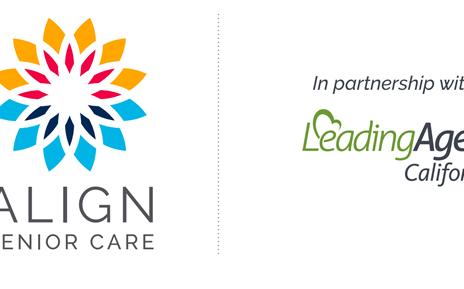By: Kevin Veitia, Area Senior Vice President, from Gallagher and Jeff Bianchi, Senior Vice President of CRC, a member of CRC Property Practice Advisory Committee.
For the past few years, property insurance, for the most part, has flown under the radar. Property owners have grown accustomed to very little change when it came to what they were paying for property insurance. However, insurers are now taking a much closer look and harder stance, given the recent events that have occurred in the property markets. Insurers are in search of additional premium wherever possible and applying stricter underwriting guidelines, particularly when it comes to property valuations. Rate increases have been gaining traction as leading markets cut back on what carriers deem “unprofitable” business. Still, those properties viewed as “good risks” can expect to do better than some of the more challenging exposures.
Wildfires, Part of the Story
The push for rate increases stem, in part, from the hurricane and wildfire losses that reinsurers and alternative capital have taken over the past two years. While alternative capital seemed to have taken the big 2017 catastrophes in stride, caution is more evident after 2018 as growth in alternative capital shows signs of slowing.
The huge wildfires spread by high winds in the last two years are reshaping California’s insurance market. The Camp Fire alone caused $12.5 billion of the total $18 billion in insured wildfire losses as it obliterated the Northern California town of Paradise and destroyed nearly 14,000 homes.[i] The Woolsey Fire drew global headlines as it scorched the celebrity enclave of Malibu, causing $4 billion in insured losses. With those kinds of losses in mind, carriers are paying greater attention to wildfire scores, and many insureds are turning to excess and surplus markets where they face higher prices, higher attachment points and higher deductibles.
2017 was a record-breaking hurricane season, causing nearly $100 billion in insured losses from hurricane Harvey, Irma, and Maria. While not as powerful as 2017, the 2018 hurricane season saw fewer losses, but the 2018 losses were no less significant, with California wildfires doing most of the damage. A report published by Munich Re stated that the total global insured catastrophe losses of $80 billion in 2018 was well above the $41 billion average of the last 30 years, but significantly below the $140 billion in losses in 2017. [ii]
Location, Location, Location
Not all properties will see significant changes, as less challenging locations and those with fewer losses may see renewal rates go from being flat to 5 percent higher. Increases may be significantly higher for more difficult exposures, especially those in Wildfire risk zones. Properties in a brush zone should expect sharply higher prices and deductibles. Some insurance may have to be reworked to remain competitive. Risks that have performed well will be in a better position and are likely to take only a small increase for catastrophe pricing. While rates are rising, the increases follow years of sometimes significant cuts. With insurers trying to push rates higher, brokers who are creative and actively in the market are the key to building a cost-effective insurance program.
BOTTOM LINE
Communication is crucial in today’s rapidly evolving property market. Insurers have embarked on a course correction as they strive to refocus on profitable lines of business while reducing capacity in other areas. Underwriting discipline, increasingly backed by data analytics, has become a focus for many markets. In this challenging environment, clients can expect Gallagher and their partners to consistently canvass all appropriate markets, communicate market changes early and to provide strategies to develop the most appropriate and cost effective insurance programs. In an increasingly data-driven industry, Gallagher’s focus on data can provide an advantage. While many accounts face potentially significant changes in their insurance programs, knowledgeable brokers prove their value in a changing and challenging market.
Gallagher has been a member and approved vendor of LeadingAge California for nearly 50 years. For more information please contact them at: direct: 559.302.1325 Kevin_Veitia@ajg.com, www.ajg.com They are listed on the 2019 World’s Most Ethical Companies at www.ethisphere.com and also noted in the Forbes 2018 report as one of the World’s Best Employers. CRC is a strategic partner of Gallagher.
[i] Camp Fire, Incident Information, CalFire. http://cdfdata.fire.ca.gov/incidents/incidents_details_info?incident_id=2277
[ii] Extreme storms, wildfires and droughts cause heavy nat cat losses in 2018, Munich Re, Jan. 8, 2019. https://www.munichre.com/en/media-relations/publications/press-releases/2019/2019-01-08-press-release/index.html
Acknowledgement: Thank you to our partner Jeff Bianchi and CRC’s Property Practice Advisory Committee.





